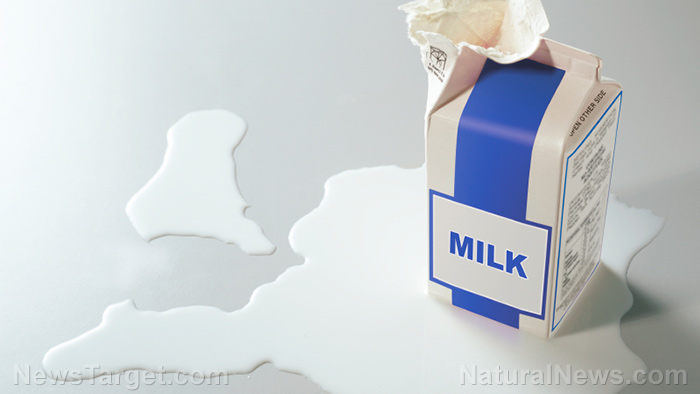
Researchers from various departments and schools of Washington State University (WSU) pooled their expertise together to create a device that promised an accurate way of monitoring food quality and determining the shelf life of a product.
Not only would the colorimetric nanosensor protect consumers from drinking spoiled milk, but it might also help reduce food wastage.
Milk contains bacteria that feed on its lactose content. When the microbial population gets too large, it alters the quality of the food product, spoiling it for human consumption.
The spoilage bacteria turn lactose into glucose and galactose. They also give off volatile organic compounds.
“If it's going bad, most food produces a volatile compound that doesn't smell good,” explained WSU researcher Shyam Sablani, the leader of the team. “That comes from bacterial growth in the food, most of the time.”
Unfortunately, people won't catch the stink until they open the milk container. By then, it is too late and the milk joins the rest of the wasted food. (Related: New food model sweeping Los Angeles aims to address poverty and waste management.)
This nanosensor "sniffs" the gases from milk for the "stink" of spoilage bacteria
The WSU-developed nanosensor did not need to come into physical contact with the milk. Instead, it tested the gas wafting from the food product.
It featured tiny particles of silicon dioxide with a coating of Schiff's reagent. The reagent is a widely used testing chemical that turns pink in the presence of volatile organic compounds — like, say, the gas given off by spoilage bacteria.
In their laboratory, Sablani's team exposed their prototype nanosensor to milk stored at different temperatures — 44.6, 55.4, 59, and 66.2 F (7, 13, 15, and 19 C).
At the same time, they ran different tests that looked for the presence of volatile organic compounds. They compared the results of these tests with the nanosensor's reading to see just how accurate their invention was.
The researchers also counted the microbial growth on the aerobic plates. Finally, they observed the color of the nanoparticles throughout the shelf life of the milk, and recorded any changes that took place.
They published their findings in the scientific journal Food Control.
Saving milk and other perishable products from temperature abuse
Sablani reported that their sensor succeeded in detecting the gases released by spoilage bacteria. It provided accurate readings on whether or not the milk remained fresh and safe for human consumption.
The sensor fits into the plastic cap of a milk bottle. It is currently limited to showing fresh or spoiled outcomes. The WSU researchers plan to give it a function that measures the duration before the product spoils, as well as a way to show this visually.
Sablani warned that the expiration date on cold or frozen products assumes that it gets stored at the right temperature. But those are best-case scenarios, so it is far more likely that products experience "temperature abuse."
Temperature abuse is the duration a food product spends in temperatures hotter than the interior of a refrigerator. It may take place while the milk is getting shipped to the retailer, or when the person who bought the carton takes too much time to store it.
Spoiled or not, processed milk undergoes various treatments that makes it unhealthy and even dangerous. Instead, get milk from natural sources like the nearest organic farm. Not only is it healthier, but consumers may rest assured that the milk they get is fresh without resorting to nanosensors.
Sources include:
Please contact us for more information.























